The Urban Lens: Documenting the change in Tribeca from the early 1900s to present day
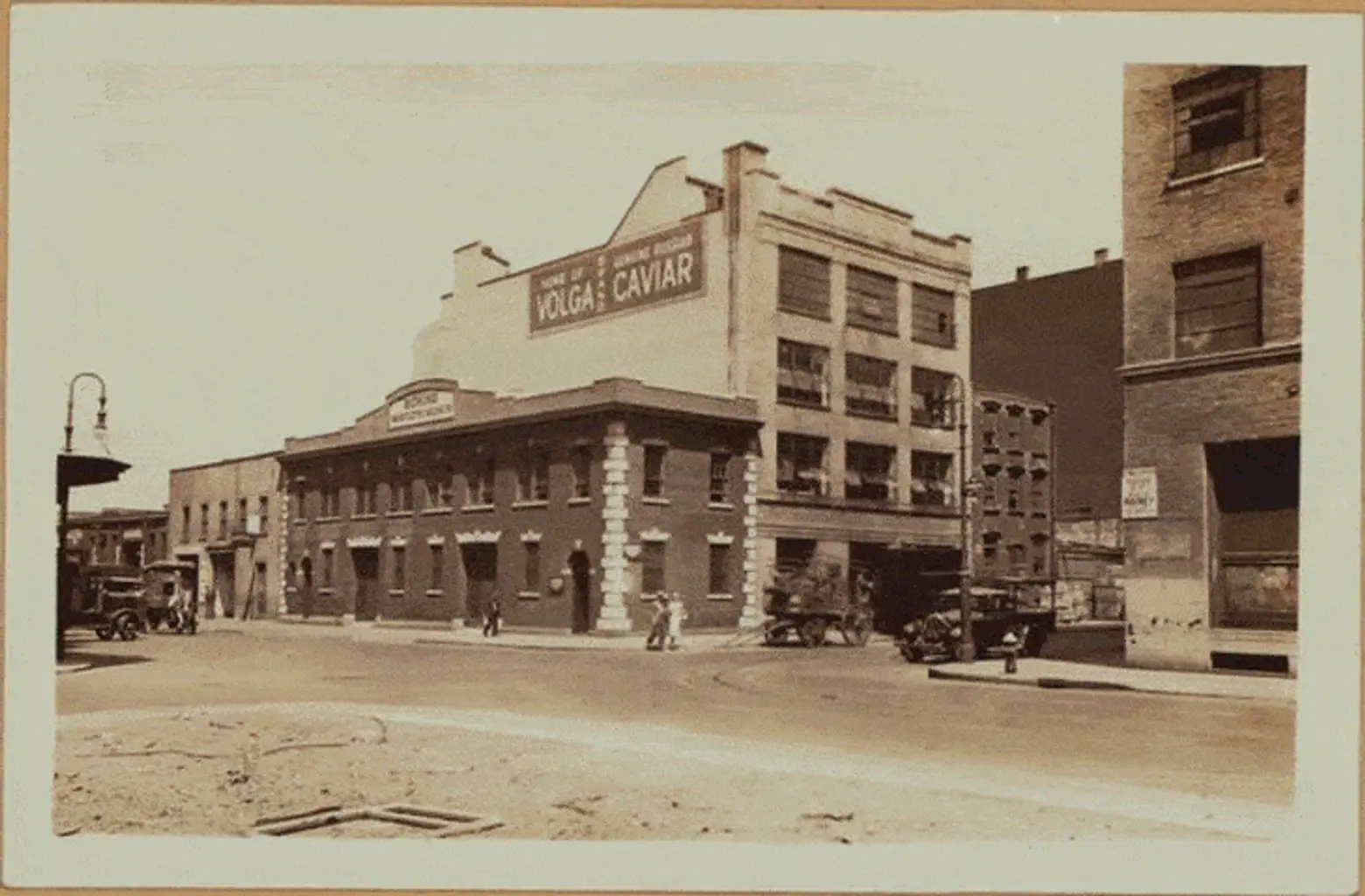
6sqft’s ongoing series The Urban Lens invites photographers to share work exploring a theme or a place within New York City. In this installment, Ivan Kosnyrev shares before-and-after photos of Tribeca. Are you a photographer who’d like to see your work featured on The Urban Lens? Get in touch with us at [email protected].
When Ivan Kosnyrev and his partner moved to Tribeca from Russia three years ago, they knew no one. To get themselves acclimated with their new home, they decided their first “friend” should be the city itself. Ivan, a philosopher by education and IT manager by profession, immersed himself in New York City guide books and blogs, getting so well versed that he eventually began giving his friends informal walking tours of the area. And when he discovered the New York Public Library’s OldNYC collection, an interactive map with photos from the 1870s through the 1970s, he decided to embark on a project that he could share with even more people. After selecting a group of archival Tribeca images, he went out and took present-day snapshots of the same locations, providing a neighborhood-specific view of just how much NYC has changed (and in some cases, hasn’t!) over the past 100 years.
[twentytwenty]
[/twentytwenty]
You’ve only lived in Tribeca for three years, but you seem to feel very connected to the neighborhood? Why do you think this happened so fast?
I came here with my partner, leaving all my friends and relatives behind, so she and I decided to become friends with the city and our neighborhood. There’s a lot of information–many wonderful books about New York, guides, websites. I was most amazed by the online listing websites, where you can pretty much get inside every single building, look at how people live and how much it costs. Sometimes you can see how the apartment changed over time, which is also very interesting. Whenever I’m walking around the city and I see an interesting building, I pull it up online and see what’s inside. It’s fascinating. There’s also your website: you write about celebrity houses, tell stories about buildings and apartments, linking it to the real estate market and famous lives. This is not something I’ve seen before. So I was reading, looking at things, and the connection was established. I don’t think there is another city in the world as open to embracing you as New York is.
You previously lived in Russia, where you were born and raised. How did this compare?
The thing that thrills me most in NYC (I don’t know about the rest of the country) is how open the real estate market it. I can’t imagine stepping into a multi-million dollar property in Moscow from the street and being able to see what faucets they have in the kitchen. There are no open houses. Even getting into an inexpensive apartment is a challenge, unless you’re actually invited. You can’t find out where someone lives, and this leads to a lot of fraud. Here you have the agents, the lawyers, you have to pay everyone. In Russia you don’t really need either, and you can rent or buy anything yourself, but it comes at a cost and a lot of people become homeless as a result.
There are also many things that make sense. Penthouses, for instance. In NYC, the higher the floor, the bigger the apartment. And even a moderately priced building will have large apartments on the top floor, with high ceilings and terraces, which sell for a pretty penny. Here it’s logical, and everyone is used to it, but that’s not really a thing back in Moscow. The layouts are similar from a ground floor to the top, socialist superblocks everywhere.
[twentytwenty]
[/twentytwenty]
Tell us a bit about the unofficial “warehouse tours” you give to your friends.
In my graduate program at Pratt Institute someone came with the idea of giving neighborhood tours, which led to the whole class getting drinks in bars all over town. When it was time for my tour, I made a list of the Tribeca buildings, which seemed interesting from the outside. I read about them, and made a route from the Chambers Street subway to the west corner of Canal Street, where I used to live.
I also comprised a short history of the neighborhood: how it used to be the center of retail, with all the warehouses and Washington Market. Then there was some deterioration, the shady Ponte family straight from a mafia movie, the era of artists (which I don’t think is over yet). And then came Robert DeNiro, with his vision, and what Tribeca is now: a nice, quiet neighborhood with extraordinarily expensive real estate. There were 15 people, and they all liked it a lot, even though my English was not as good back then, and I kept mixing up the words “warehouse” and “whorehouse.”
Afterwards, I learned a bunch of interesting stories by heart, and just made small tours for our friends or acquaintances visiting from Russia and Europe. I can talk about architecture, history, civil rights, but I can also show where Kim Kardashian lived during Fashion Week (everyone has their own interests!)
How have you seen Tribeca change even over this short time?
I’ve only been here three years, so it’s hard to say. I saw the last few auto shops, which were demolished soon after we came. A few other buildings were demolished, too, and some were built, others restored. Restaurants keep closing and opening, local staples go out of business, which is sad. Justin Timberlake is now in the ‘hood, so that’s cool; I used to love him as a teen! I also think the streets are getting cleaner, but I could be wrong.
Where do you think the neighborhood will be in five or 10 years?
I think Tribeca will keep being itself. Honestly, there is no space for new developments, and the city is protecting the older buildings pretty well. A lot of new people are moving into the southern part of Tribeca. And tourists will be visiting more. Tourists are here now mostly because they can’t find their way to the 9/11 memorial, but I think they’ll be visiting more to hang out in the Tribeca itself. Of course, there’s also all the celebrity dwellings. 443 Greenwich, for one, is a destination for all of it.
I’m hoping that soon enough the neighborhood will finally remember who named it Tribeca: the artists. There are many who’ve been living here since the late ’60s and early 70s and others who came later and rent studios in the east. I think it would be great if they became influential in the neighborhood’s life and look once again. Right now they do occasional open houses in their studios, and it’s amazing. Maybe the neighborhood will sink into the Hudson river. Who knows with the climate change? But I’m hoping for the artist scenario.
[twentytwenty]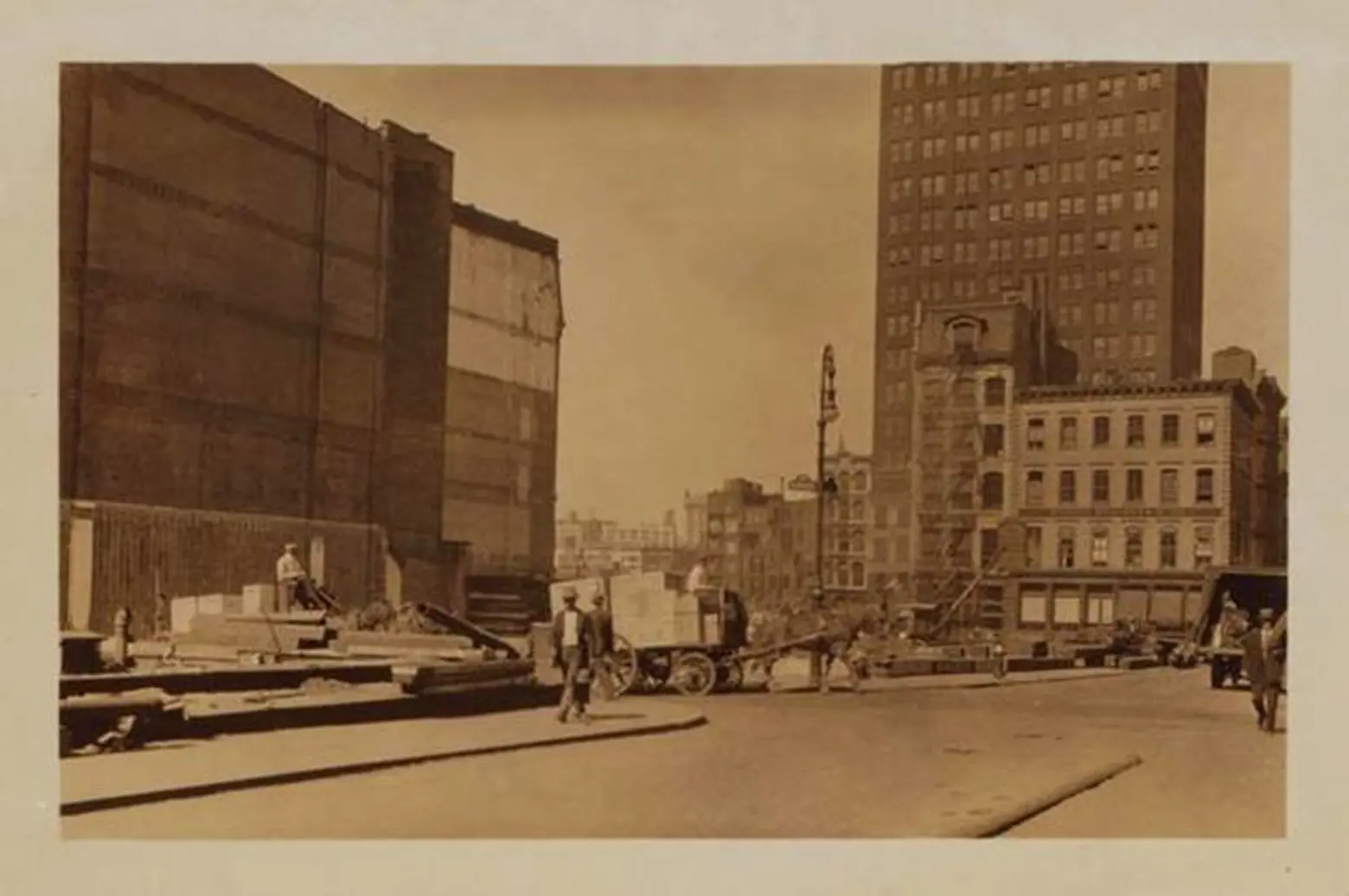
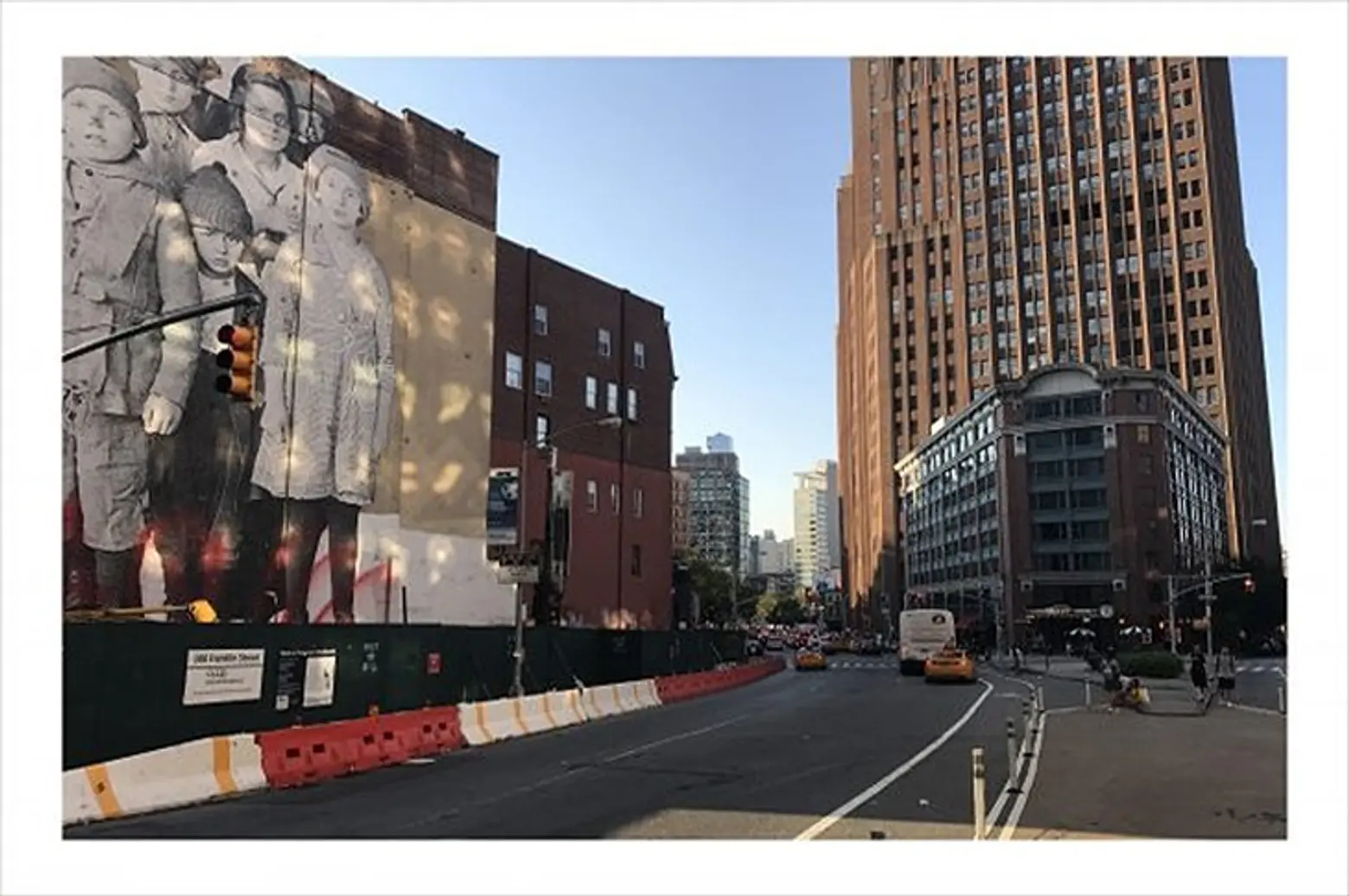 [/twentytwenty]
[/twentytwenty]
Where did the idea for this then/now photo series come from?
I think comparing before-and-after photographs is captivating. I saw a bunch of photographs like that, with NYC landmarks today and 30 years ago, and I always wanted more. Google Street View was also an inspiration, as you can go 10 years back with it, and see what the neighborhood looked like back then. So I thought, why not make it 80 years?
Can you explain your process uncovering the archival images?
I stumbled upon the NYPL archive long ago. There are many interesting photographs and maps, but they’re all arranged rather chaotically. When I saw OldNYC.org (a detailed map of NYC where you can see photographs by their geo tags), I realized that I wanted to make use of it. But again, there were too many photographs, and they were all different. I decided to come up with a methodology for picking out photos for my project. I wanted photos where at least one of the buildings would still exist. From the photos I’ve taken, I like the ones where you have to think for a second, where you have to spot the building that survived. These were the hardest to take. My other rules were pretty logical: the old photo had to be of a decent quality (not overexposed or torn, for instance), and I had to have access to the place from which the initial photo was taken. I didn’t want to have to shoot from the middle of the Westside Highway, and couldn’t get on top of the IRT elevated line because it’s been demolished. I also did not edit photographs much, just cropped them a little, because I did not want to have the advantage of Photoshop over the photographers from the past.
Any final thoughts?
I really enjoyed working on this project and I learned a lot about photography and history. For instance, the majority of the photographs I was recreating had been shot by Percy Loomis Sperr in the 1920-40s. He had made around 30,000 photos of NYC but isn’t as well known as Berenice Abbott. I don’t think I’ll beat his record, though. Tribeca was convenient for me: I just took an hour after work or during the weekend to take the photos, but other neighborhoods are further away. But I definitely want to make a then and now shoot in Tribeca closer to the winter, when the trees will have shed their leaves. I couldn’t make half of the photos I had planned because of Tribeca’s abundant greenery.
Instagram: @unreliableatm
Facebook: Ivan Kosnyrev
Website: Ivan Kosnyrev on Medium
Explore more of Tribeca before and after:
All current day images © Ivan Kosnyrev
Interested in similar content?
Leave a reply
Your email address will not be published.
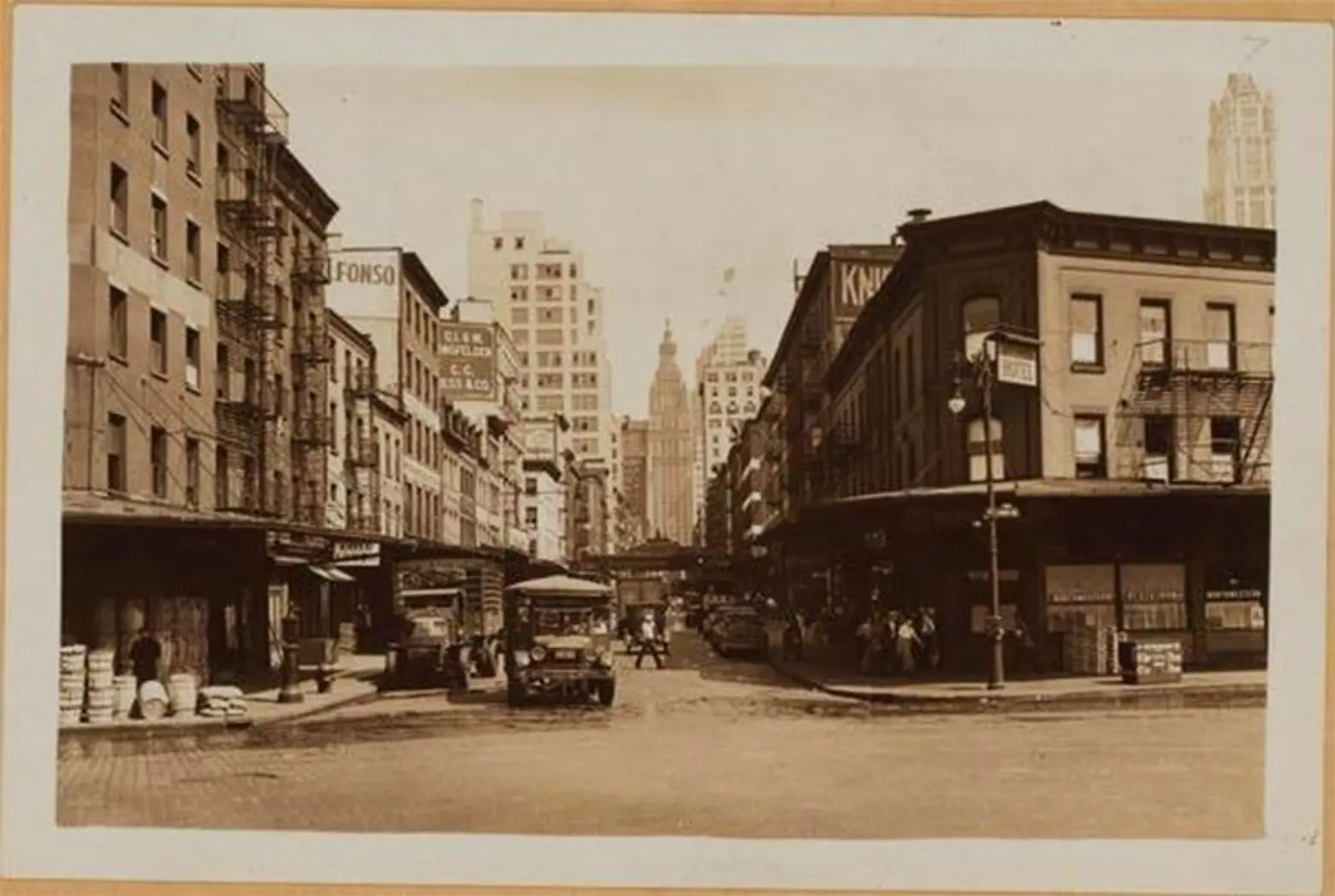
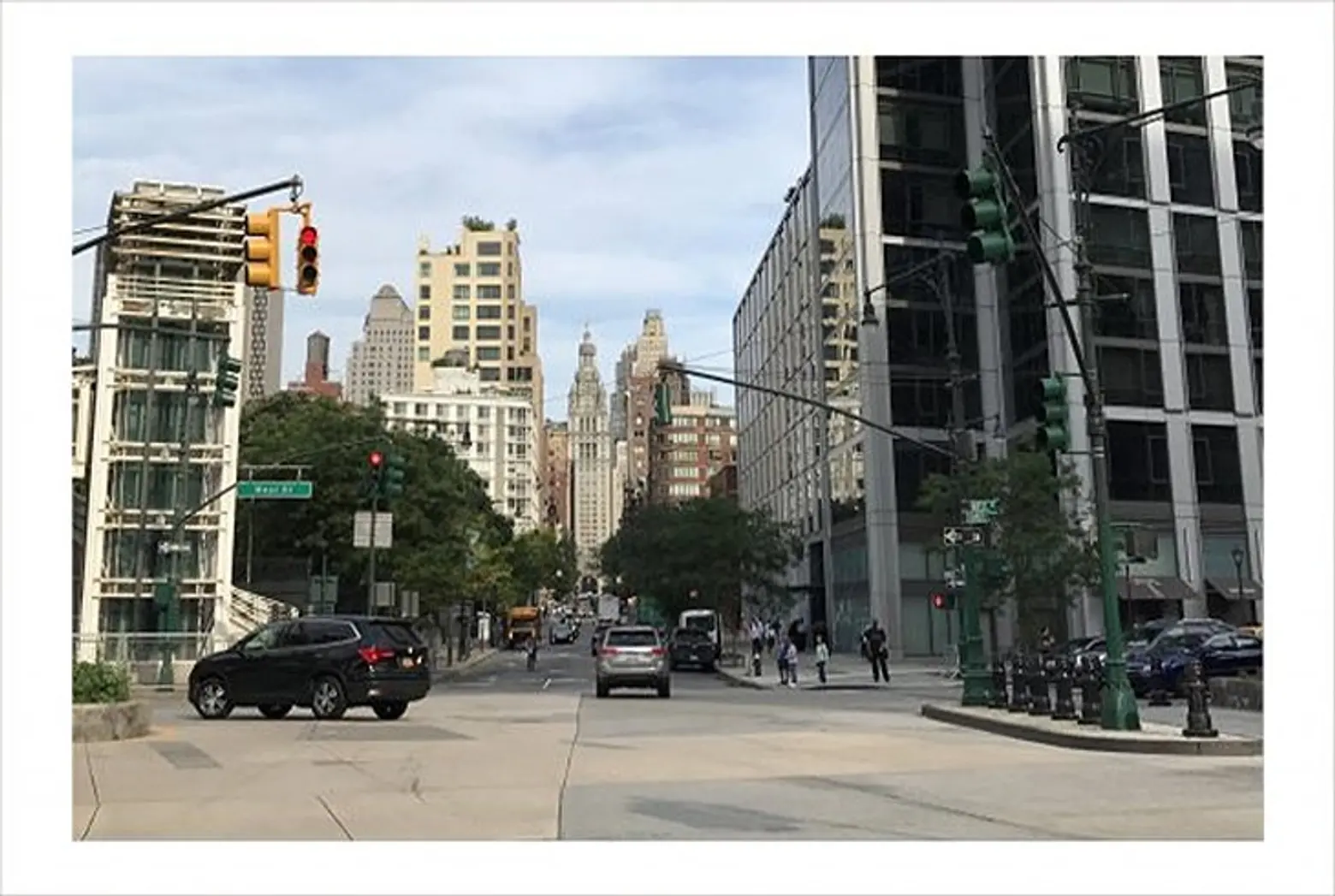
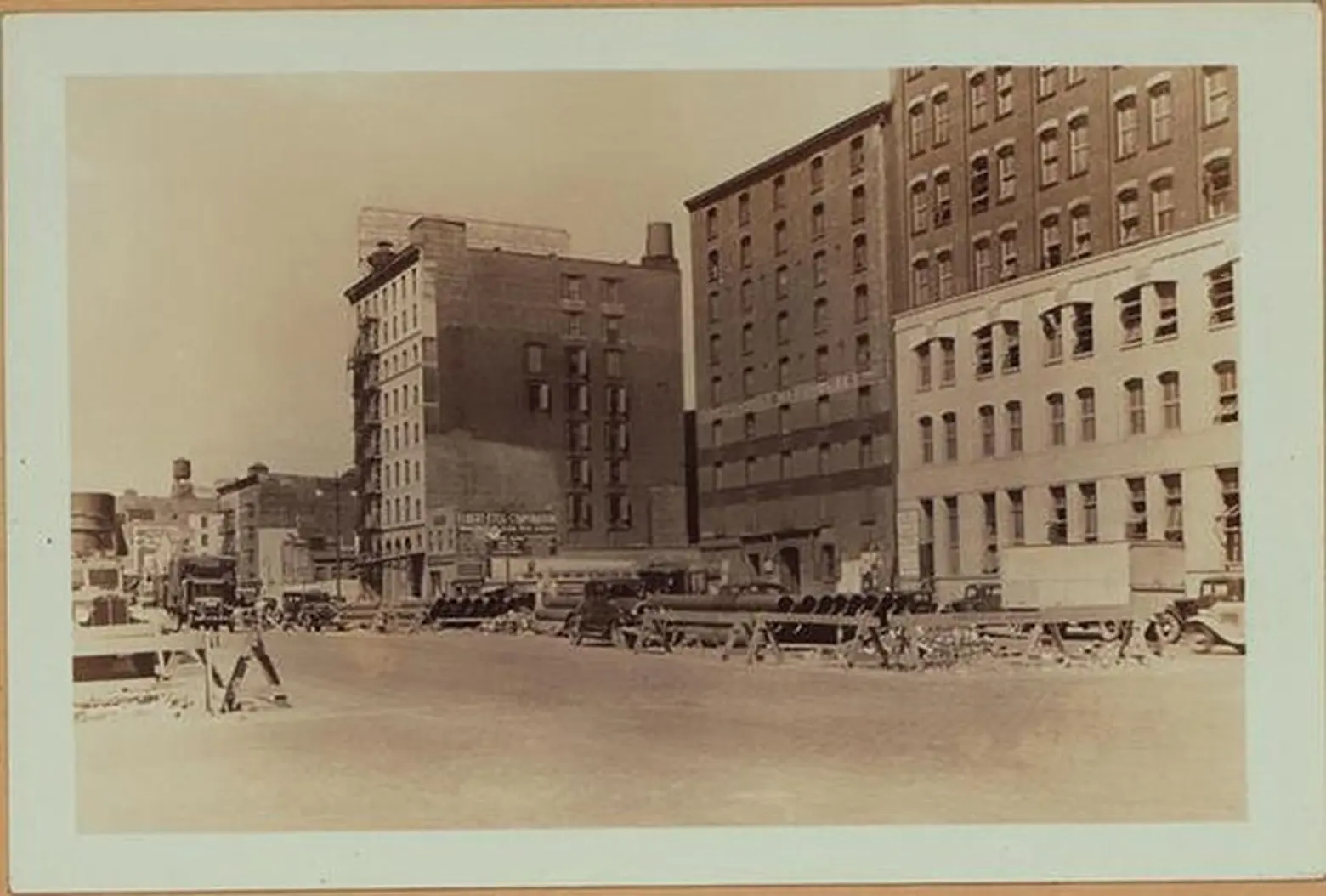
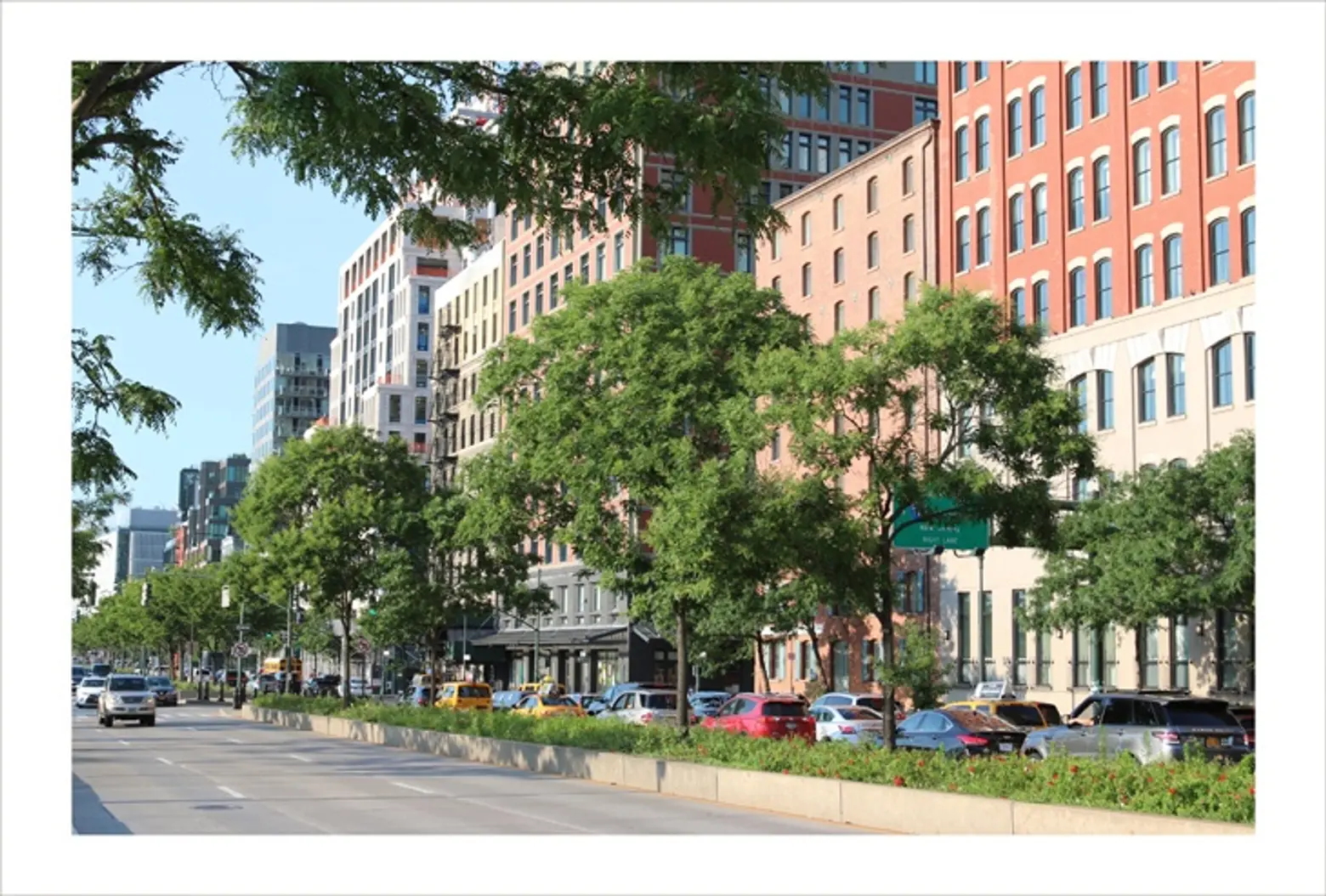
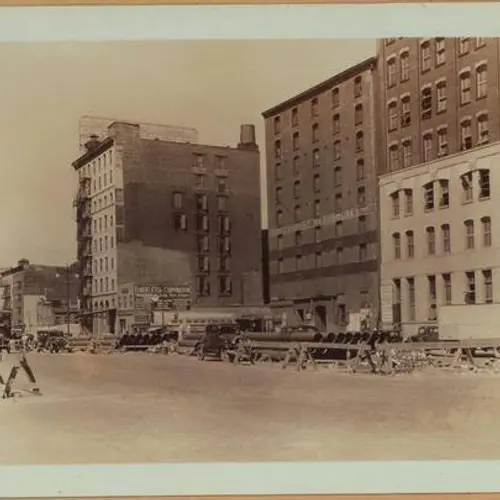
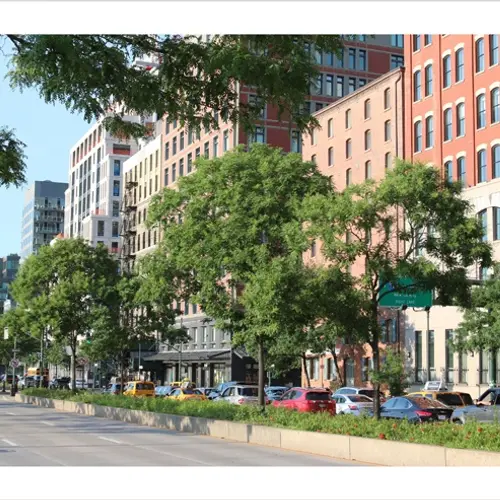
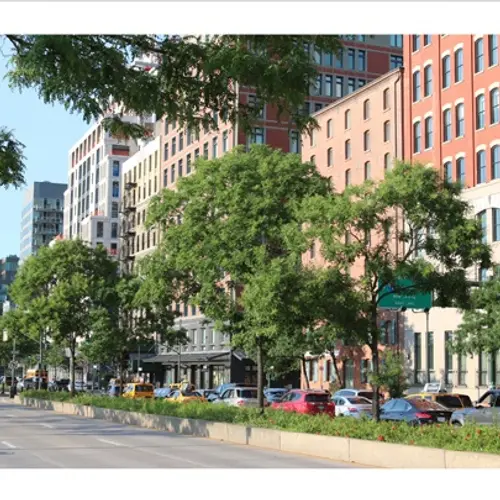
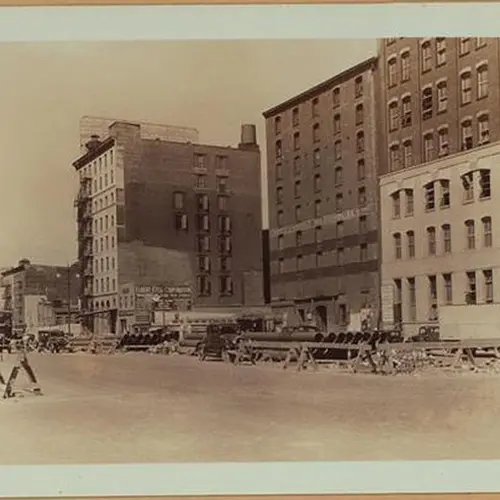
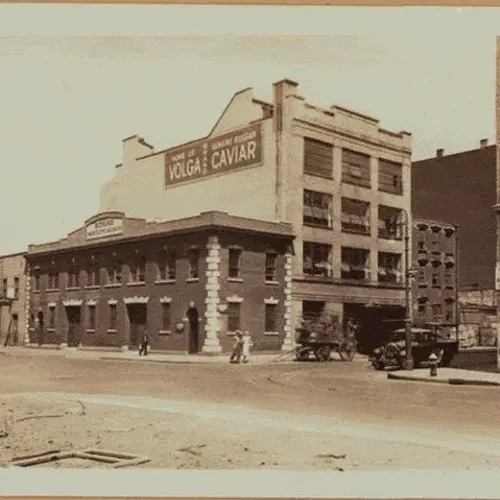
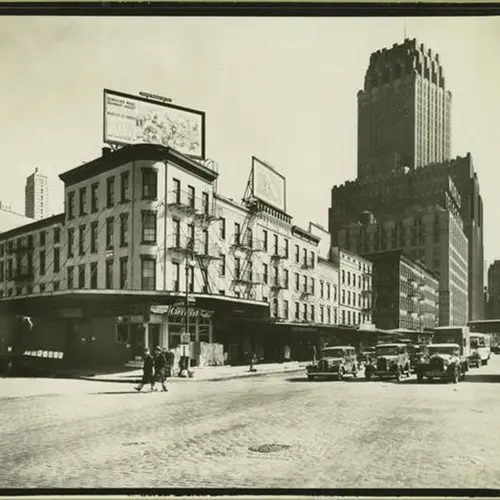
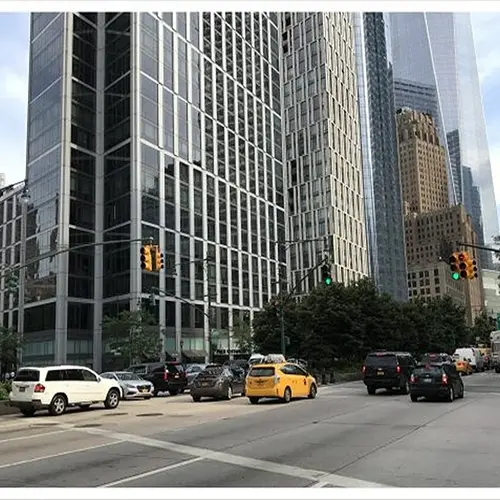
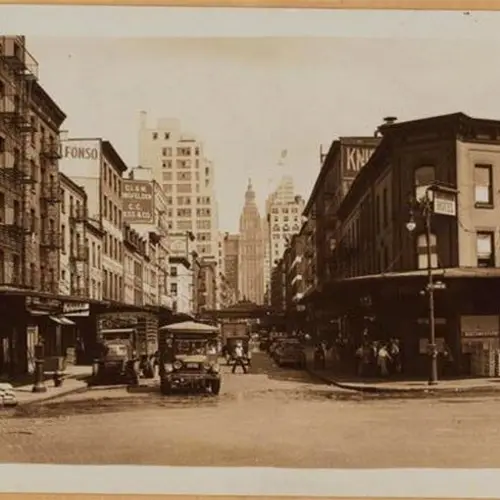
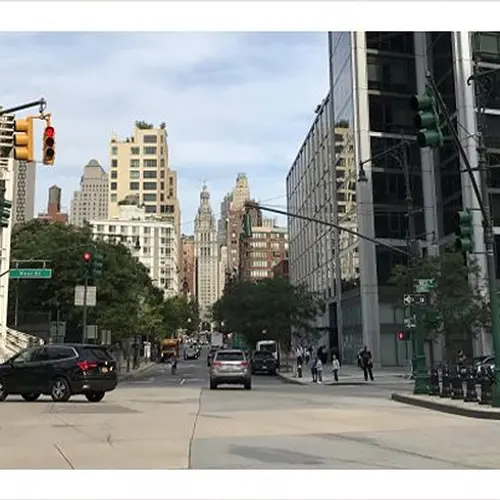
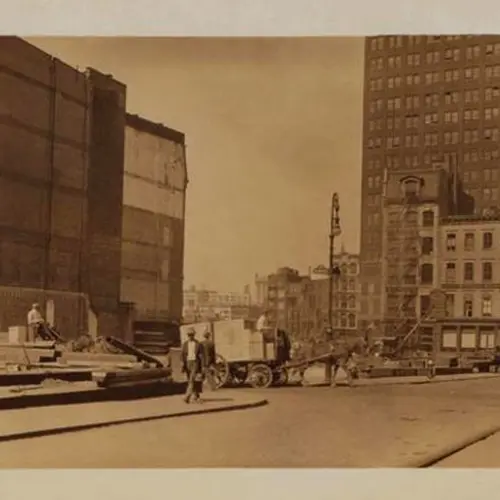
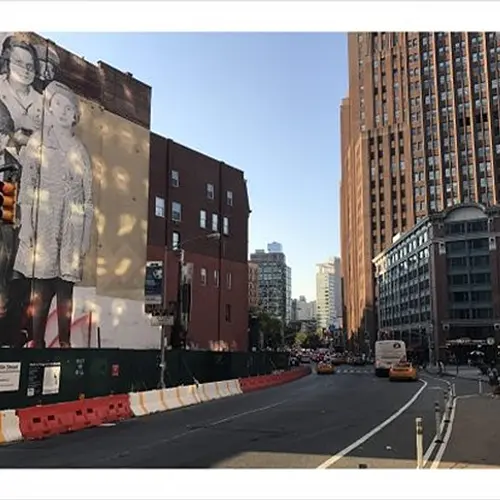
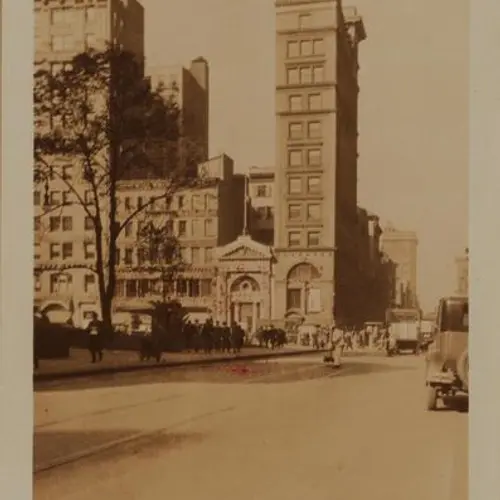
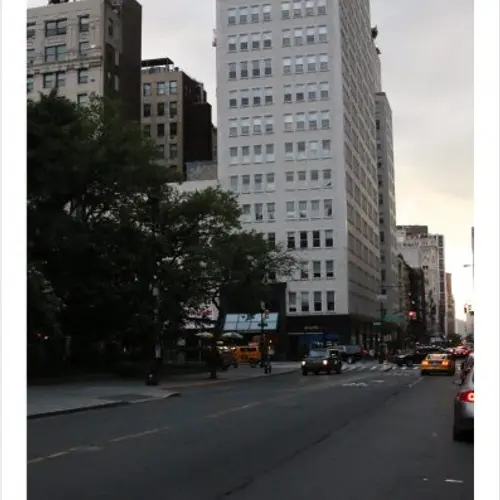
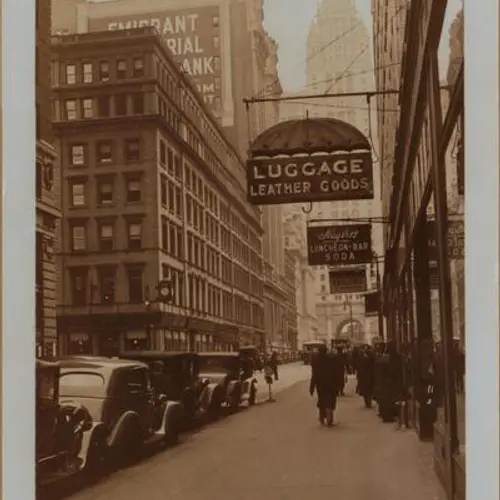
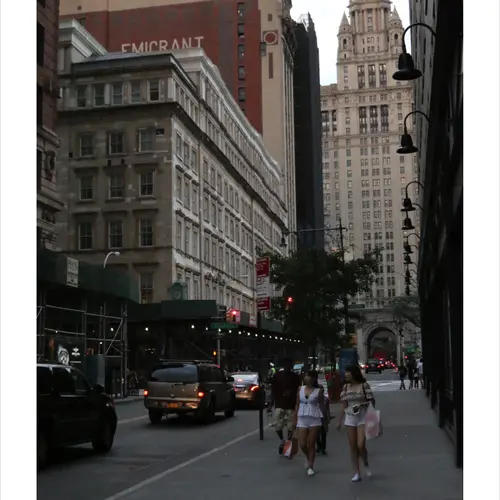
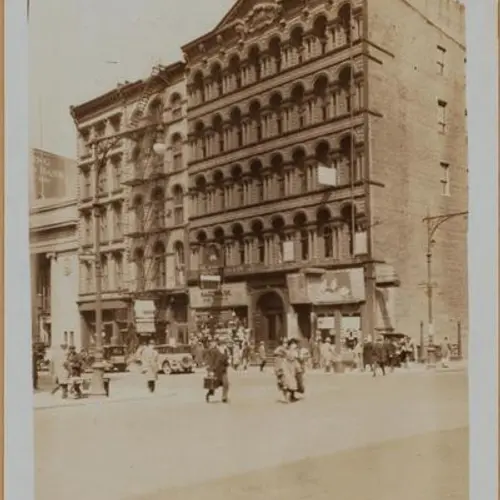
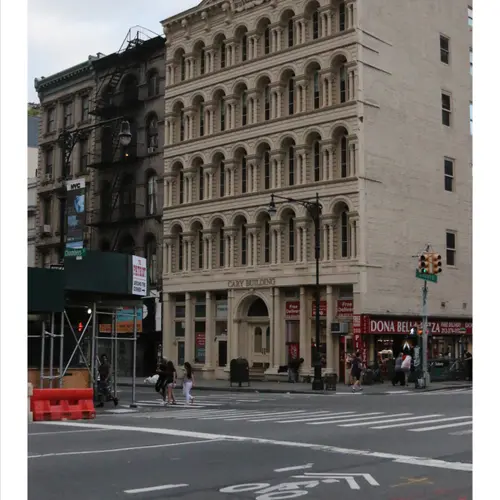
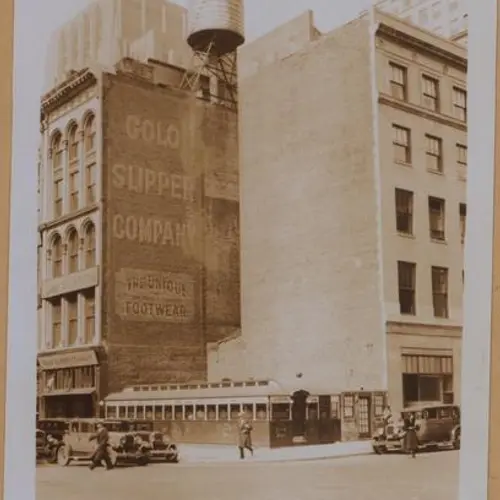
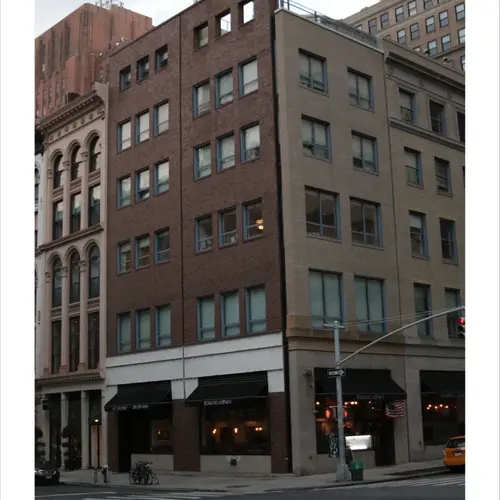
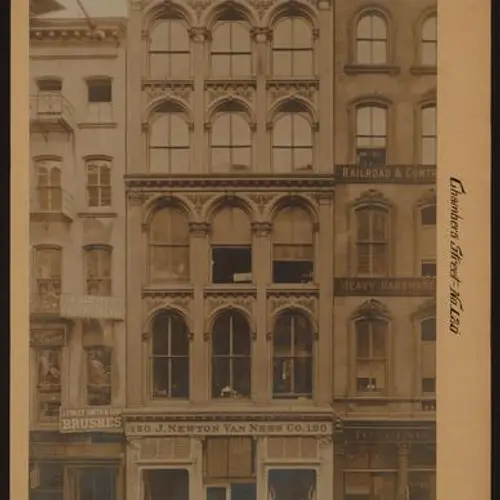
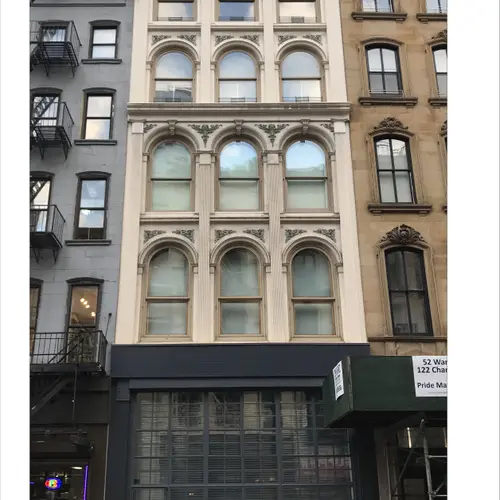
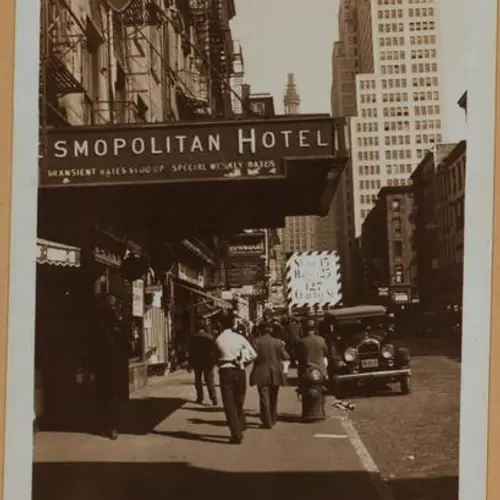
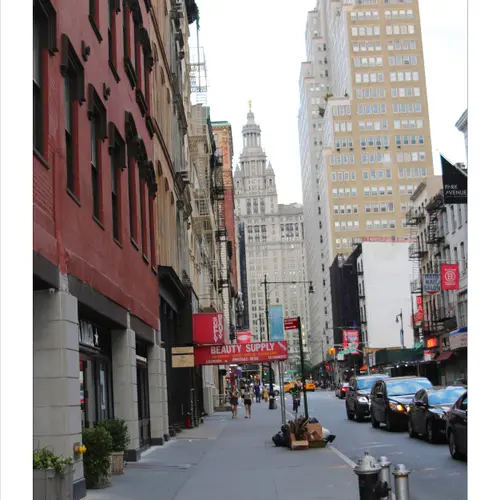
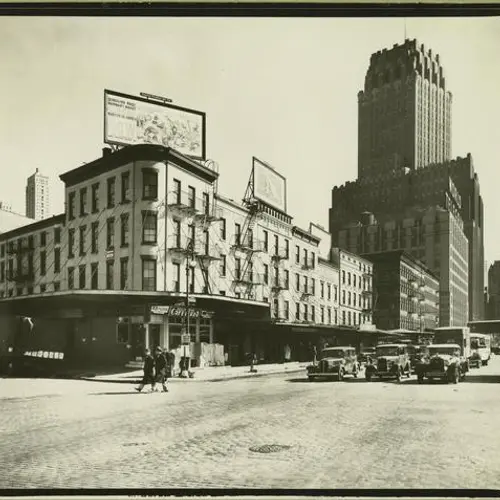
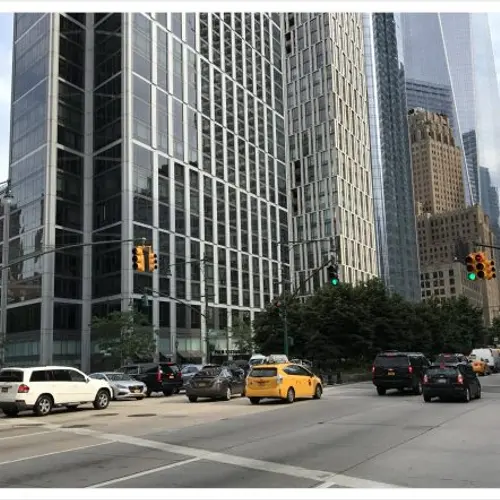
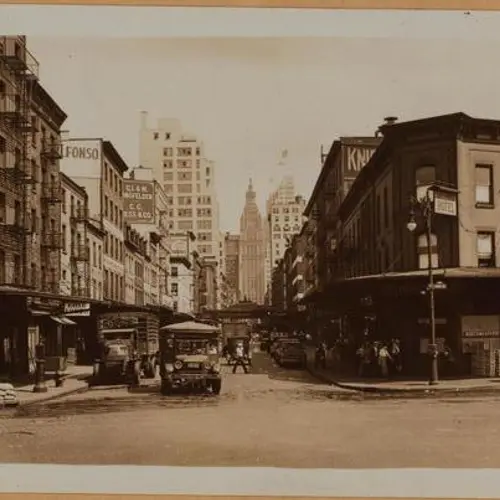
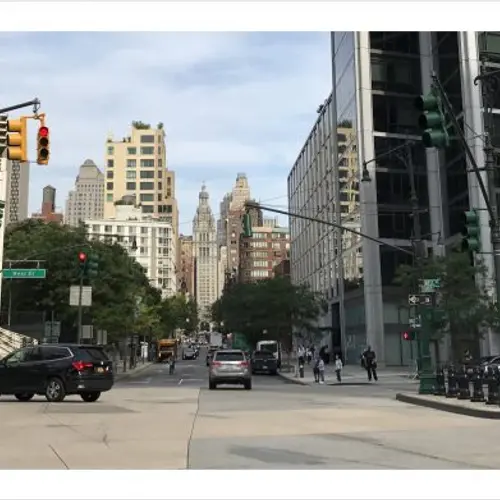
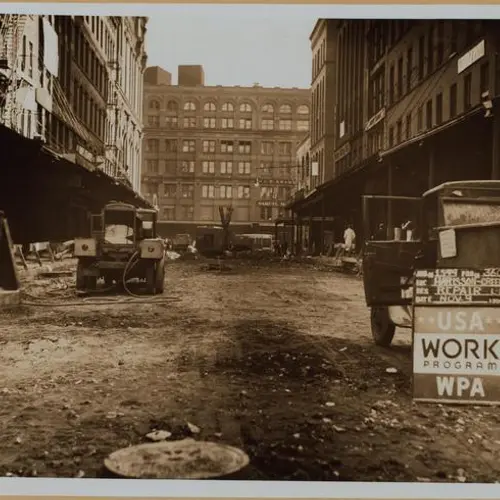
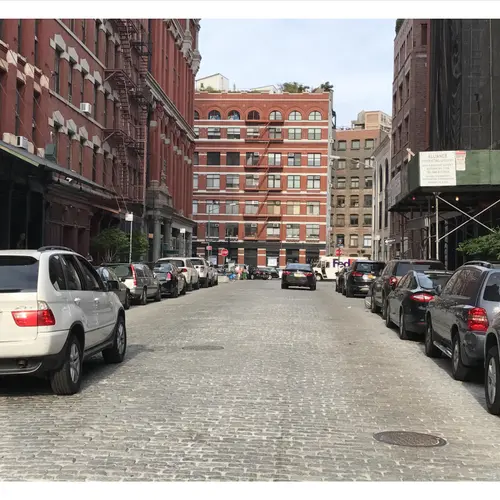
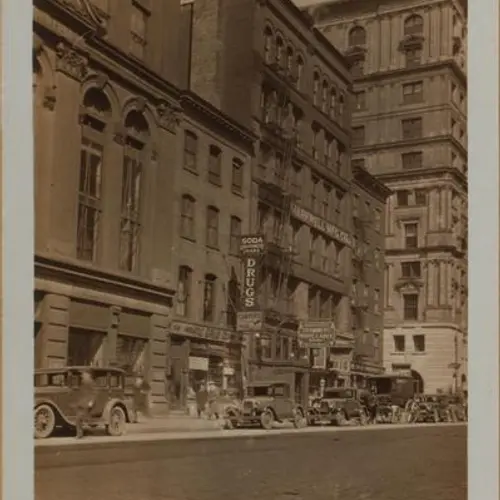
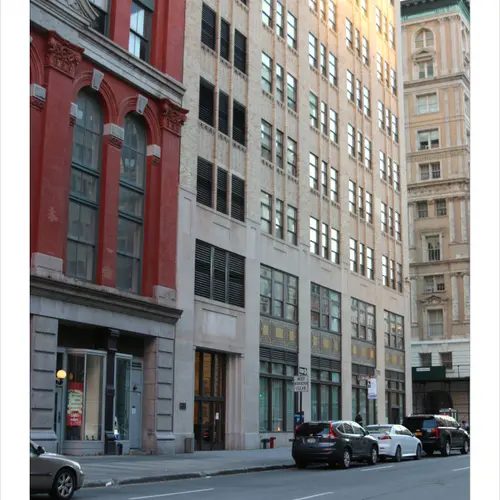
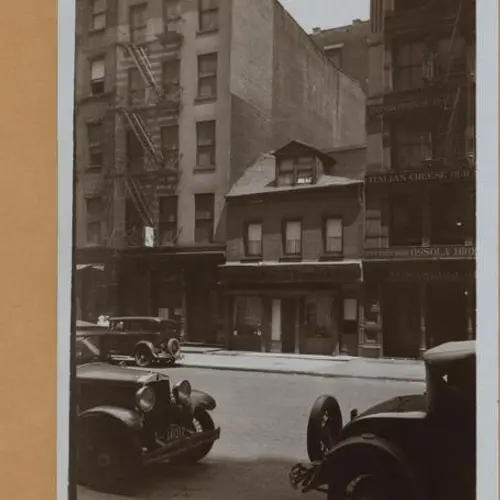
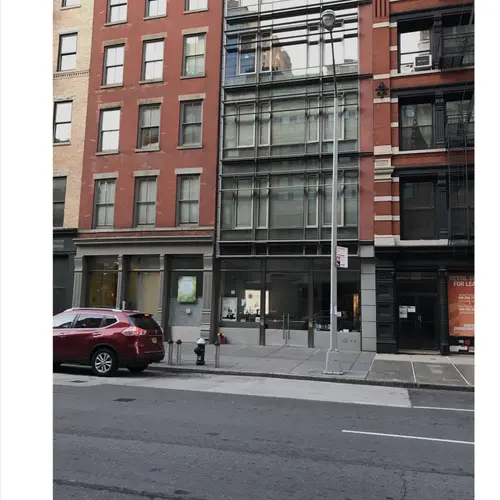
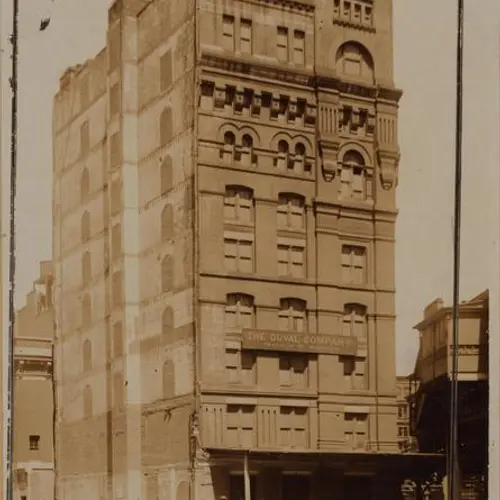
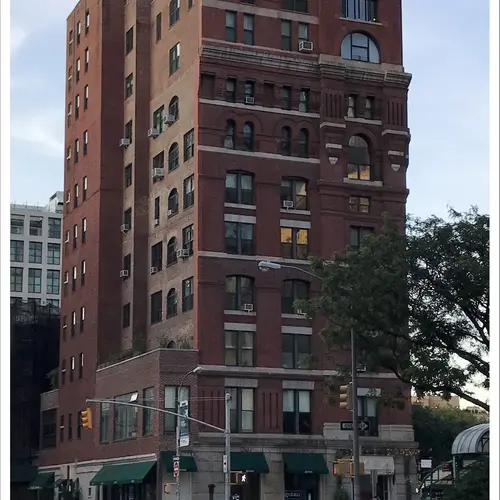
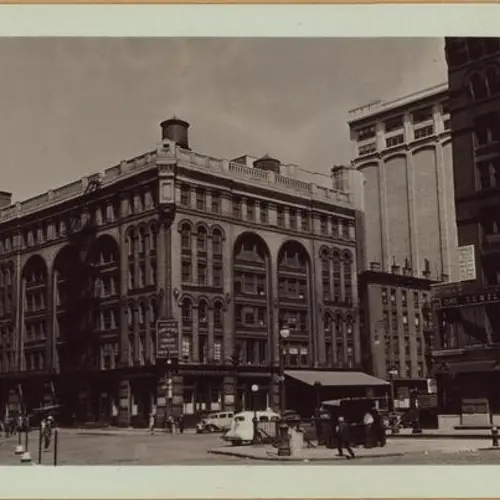
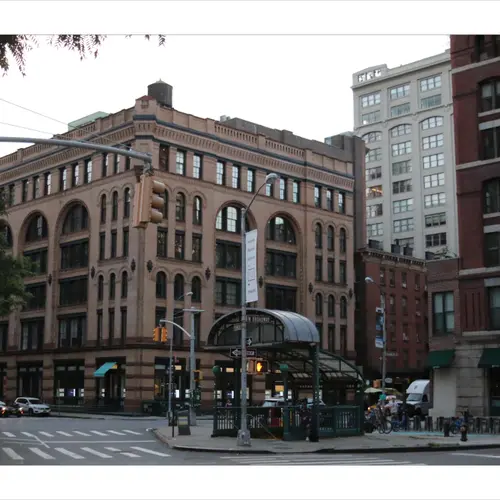
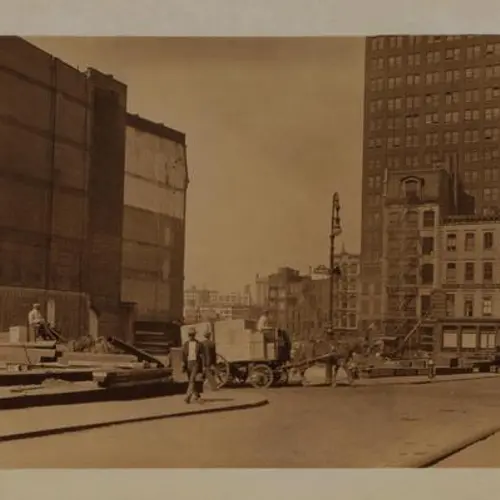
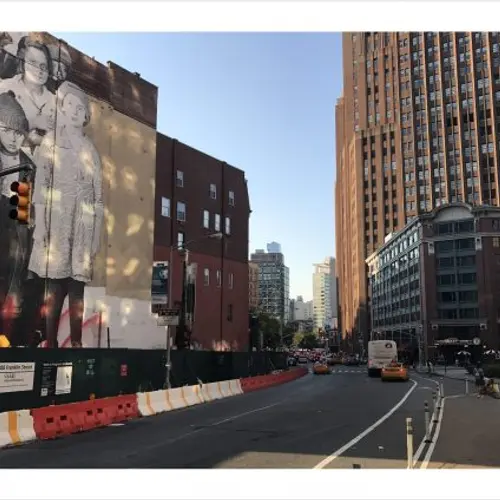
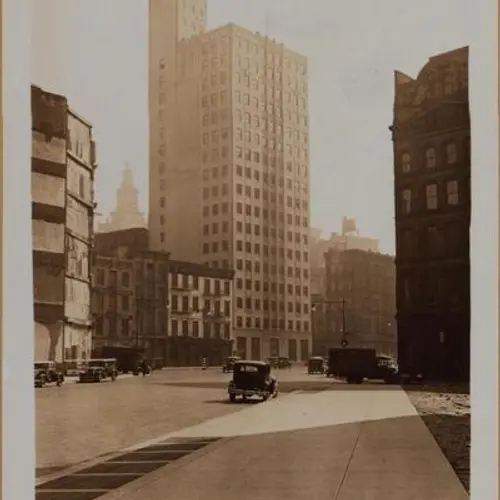
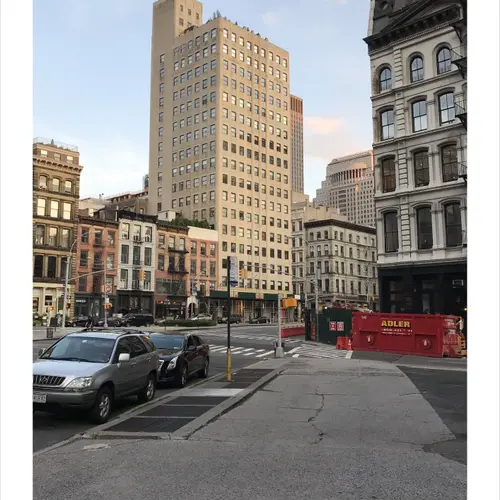
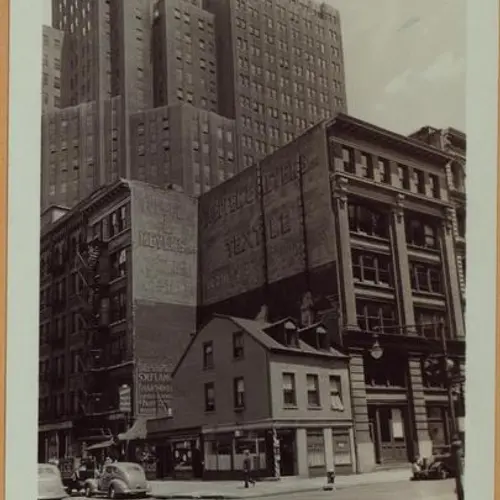
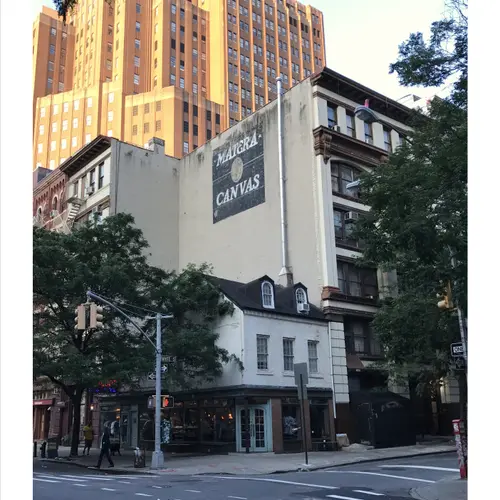
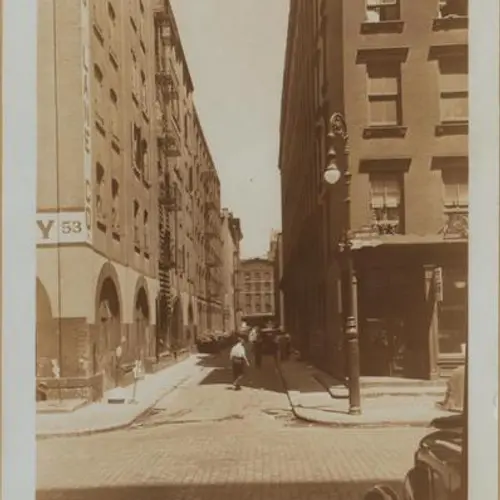
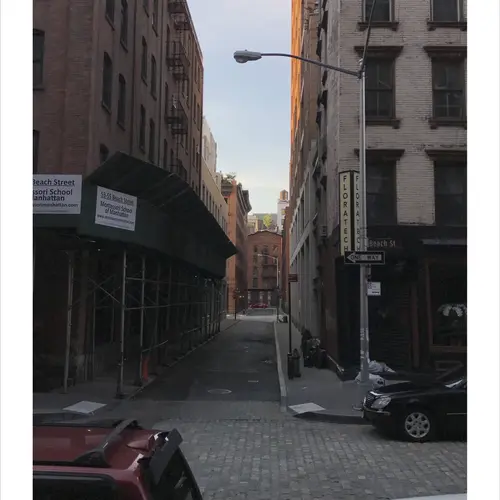
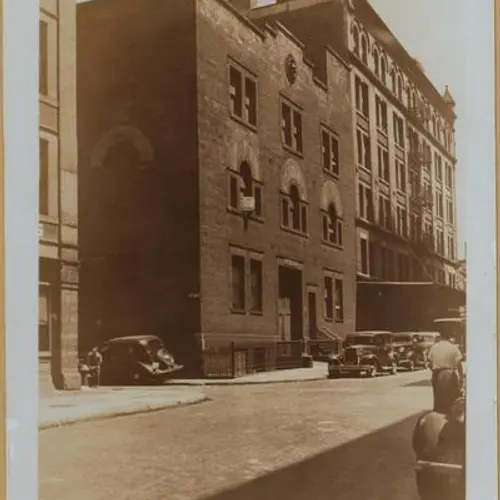
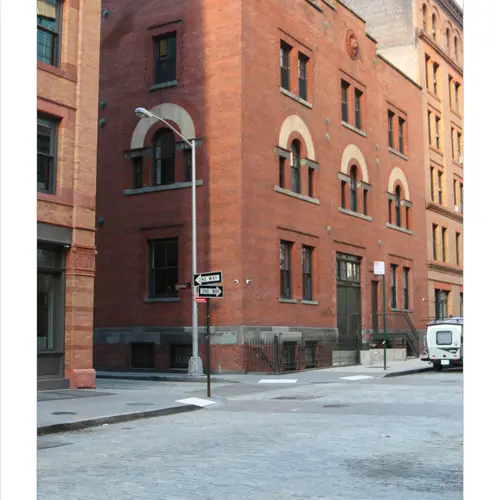
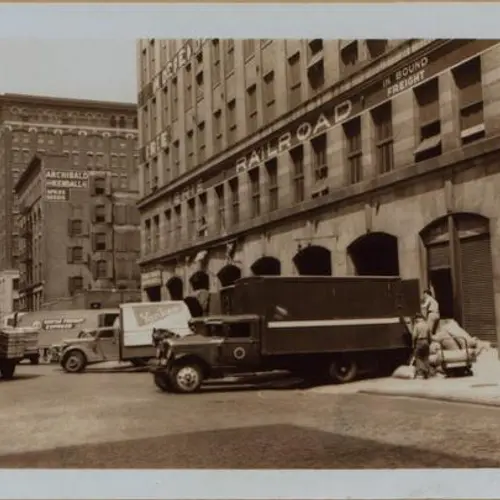
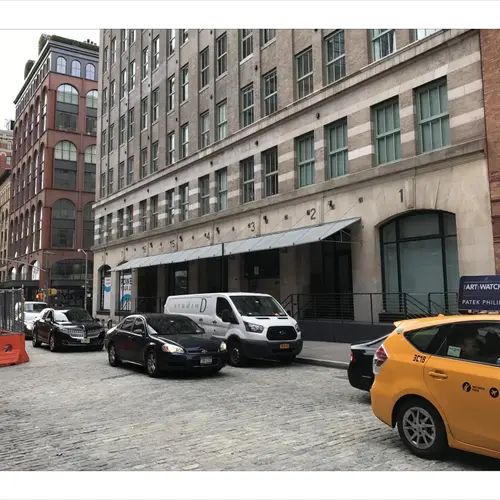
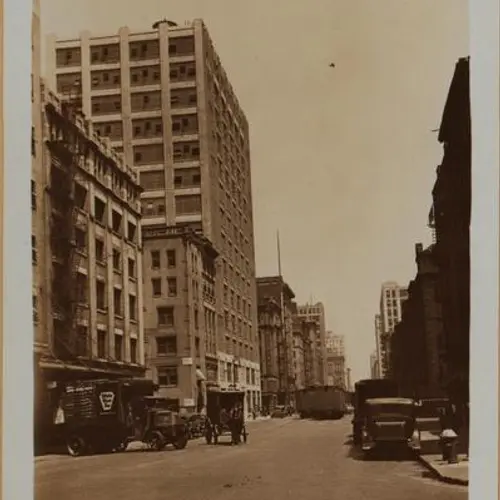
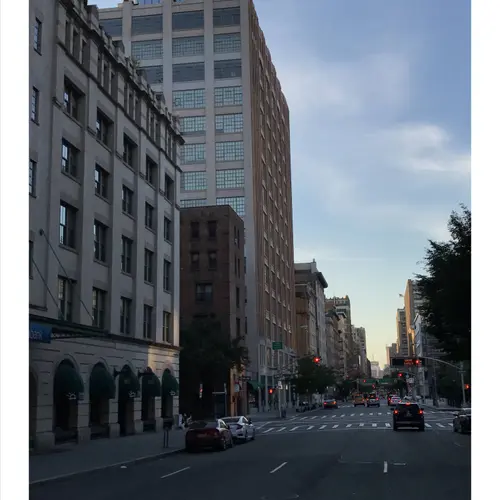
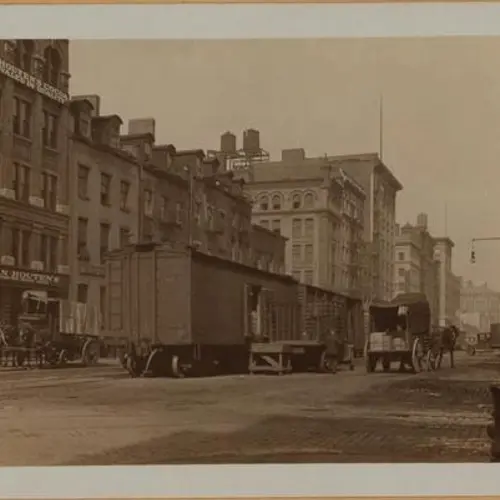
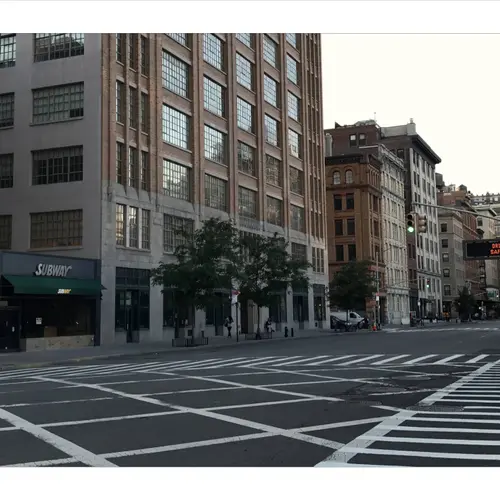
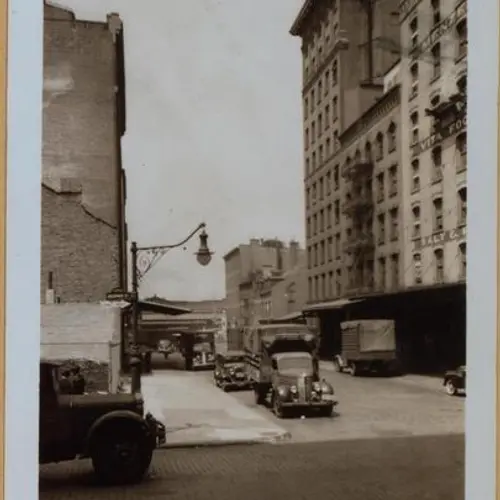
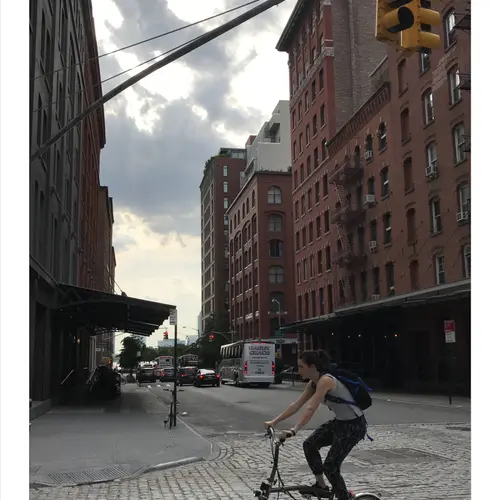
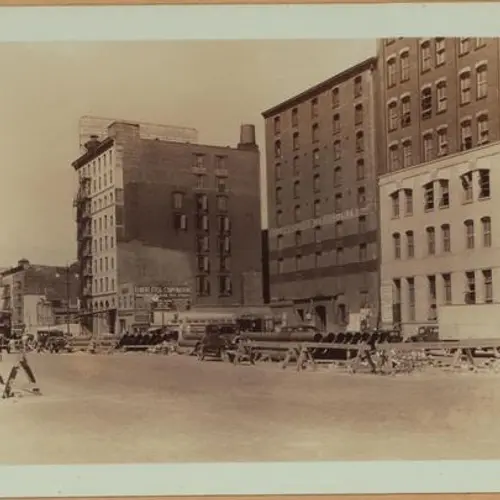
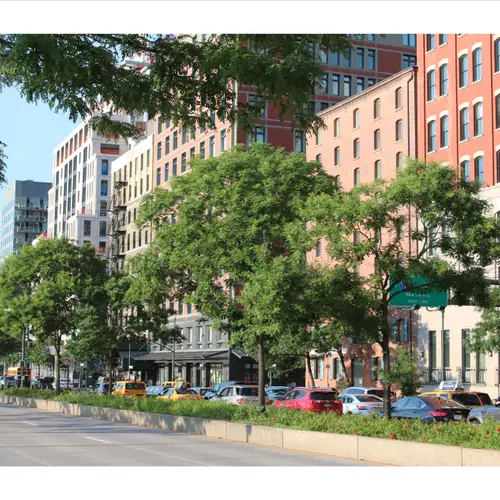
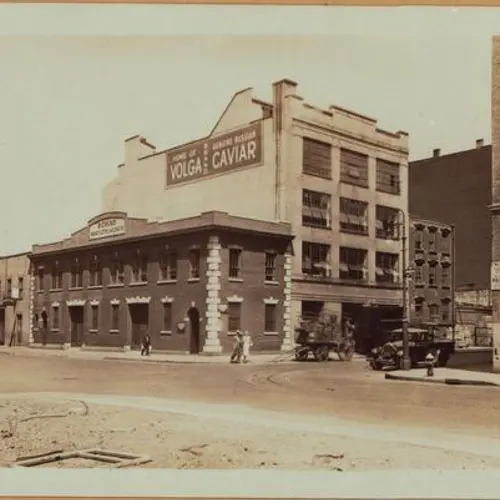
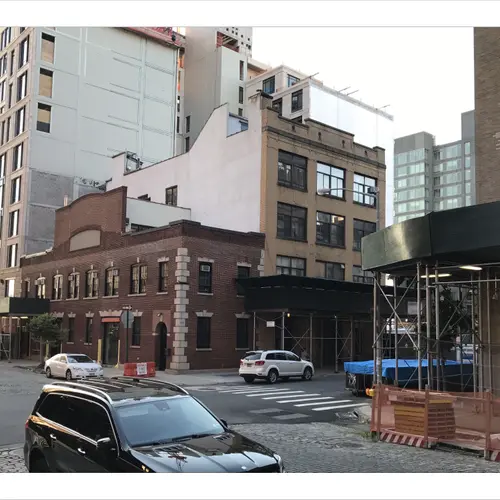
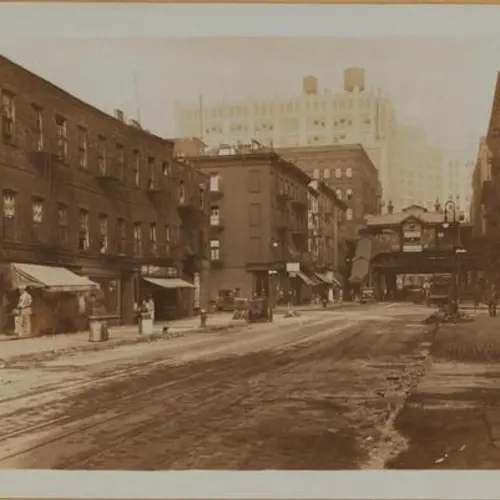
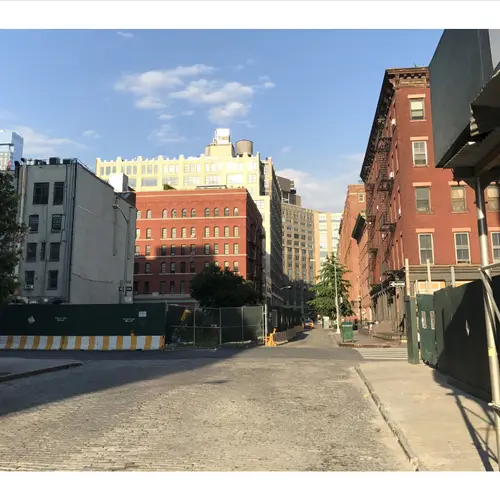
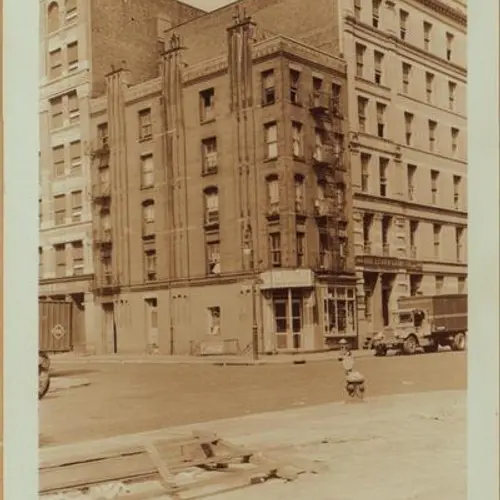
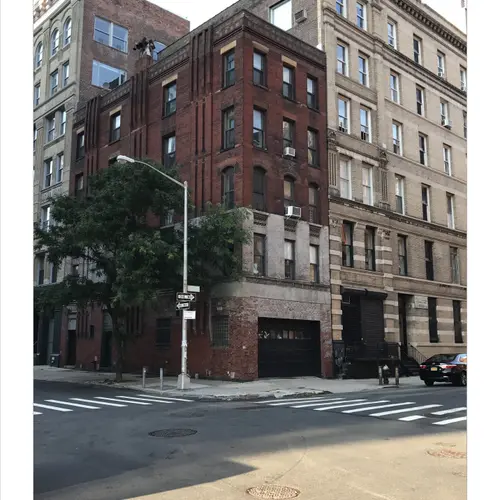
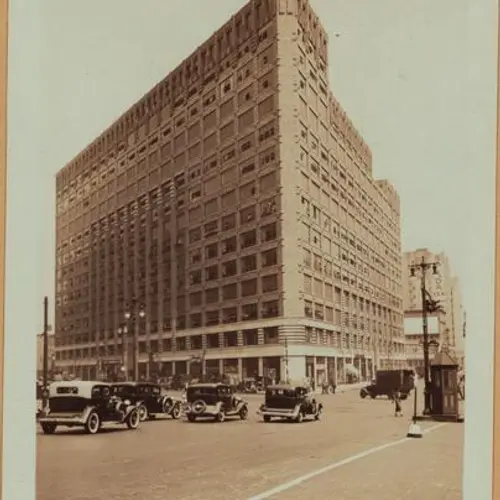
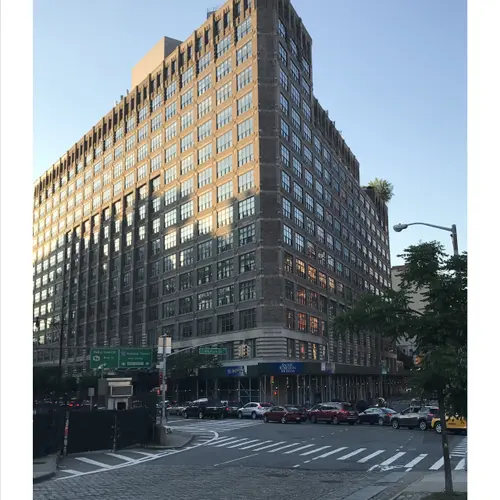
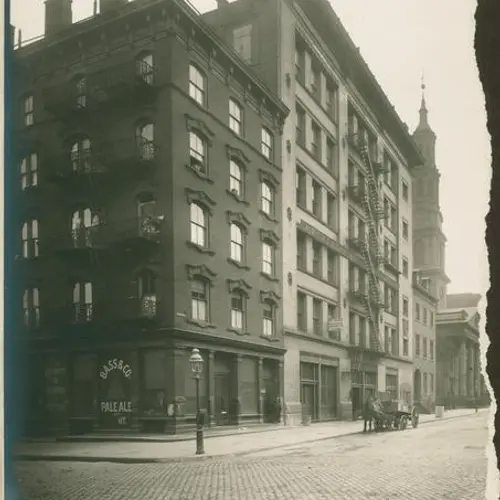
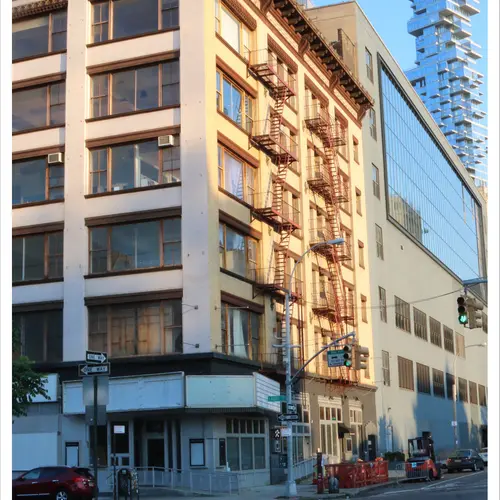
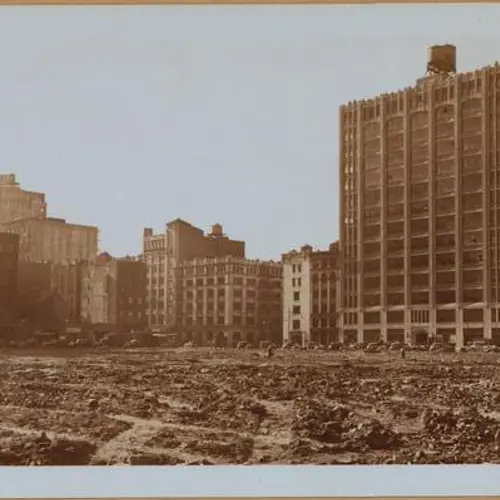
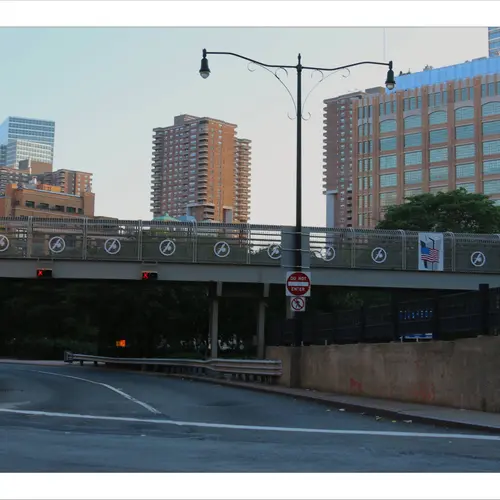

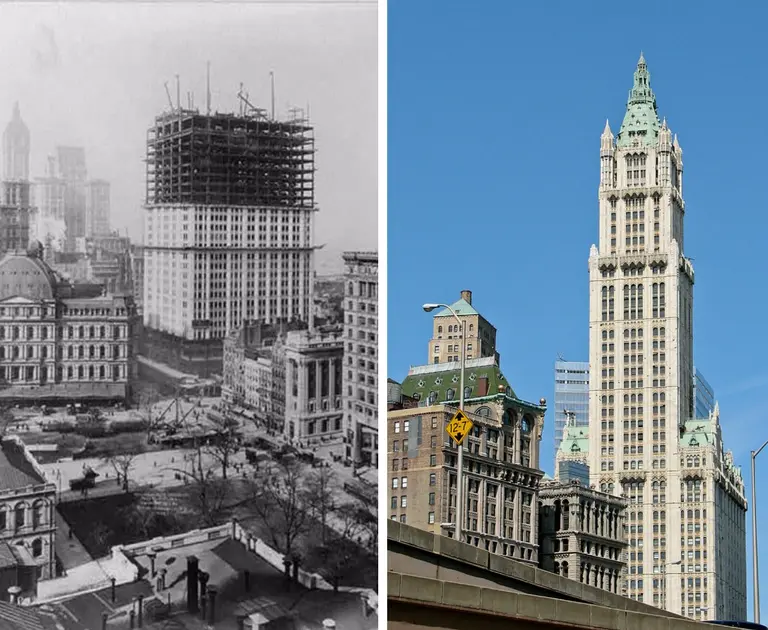
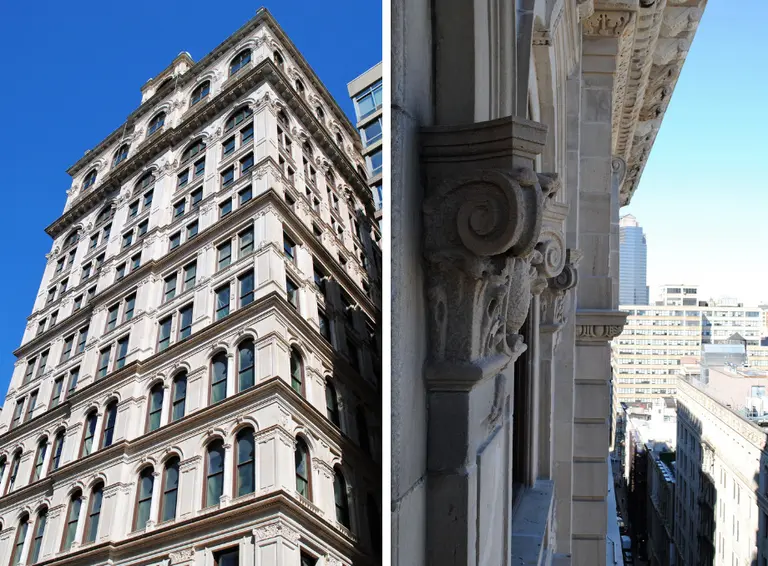
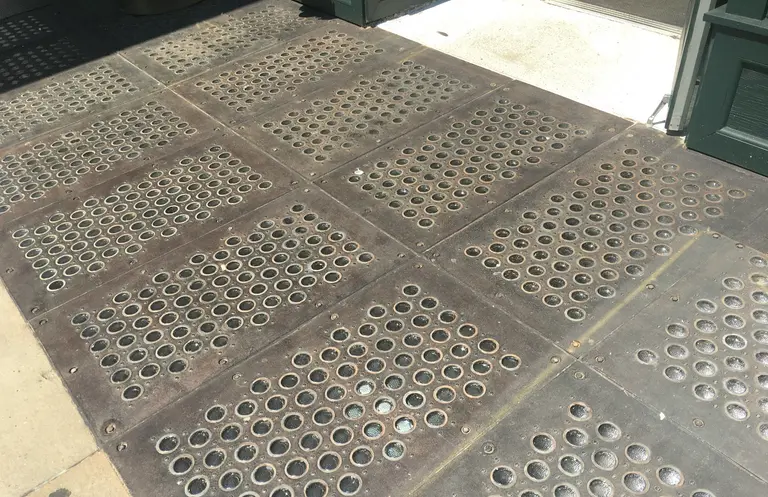
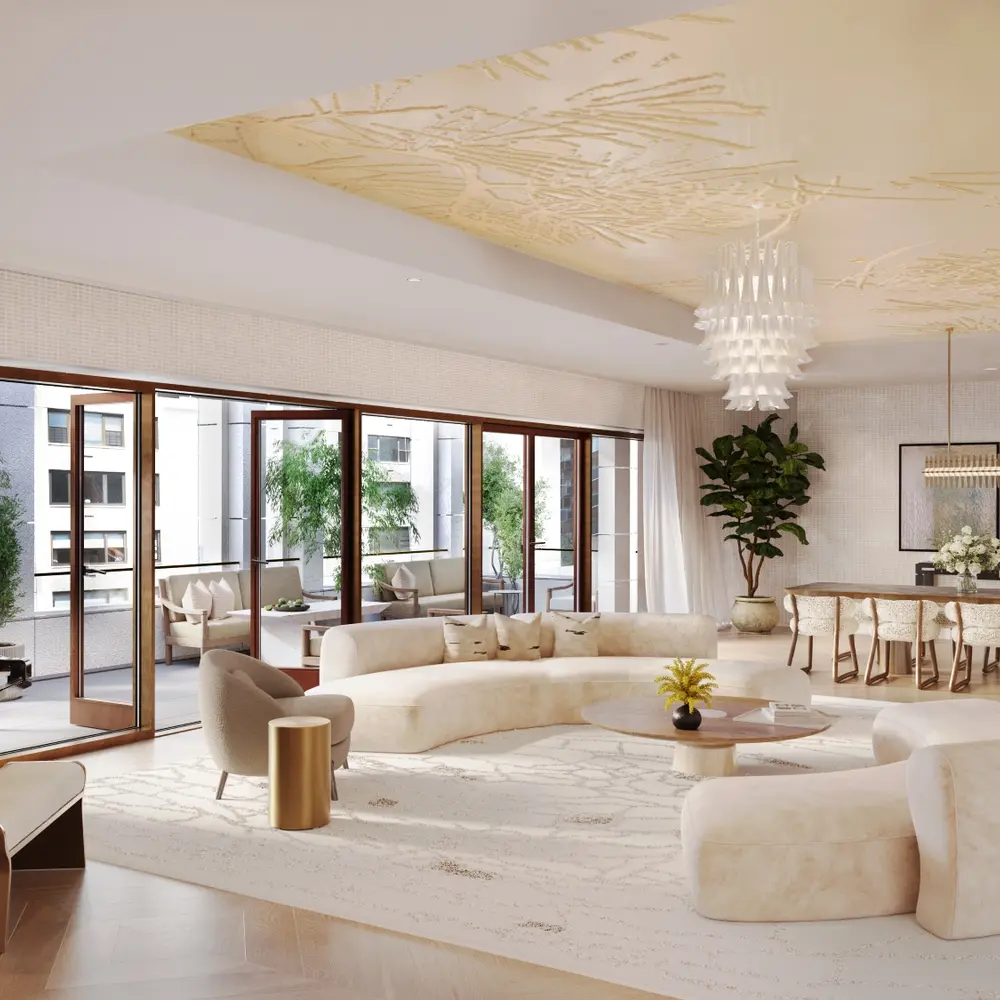




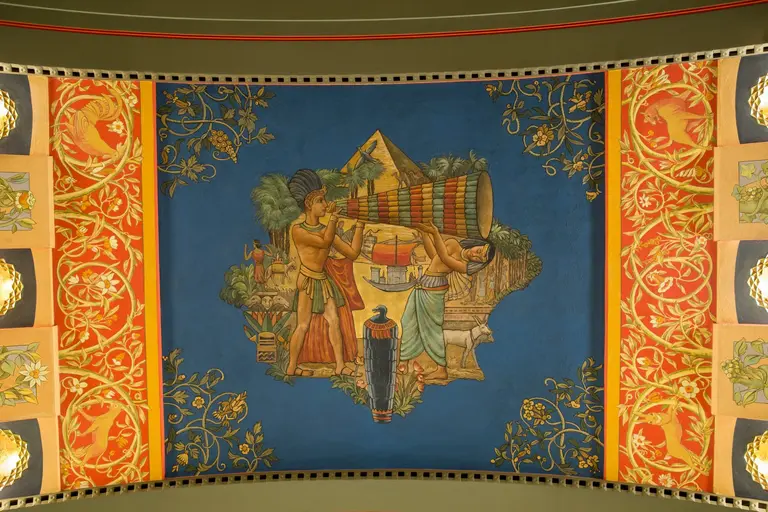
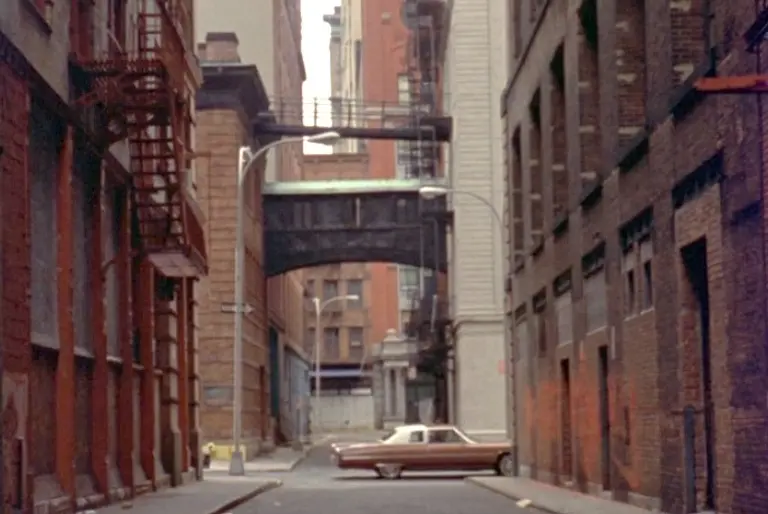
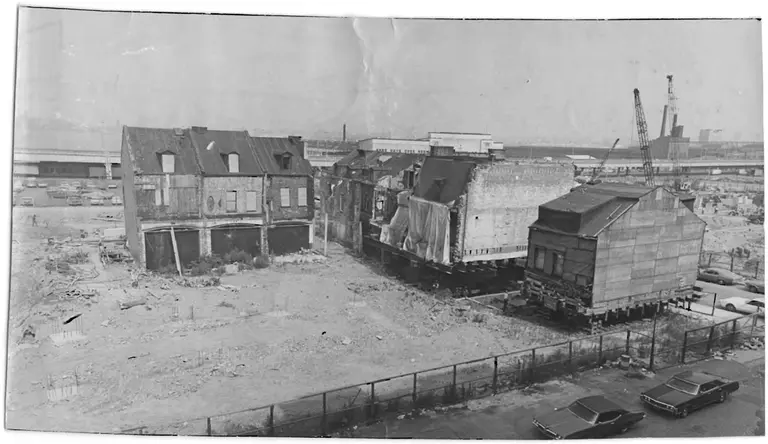

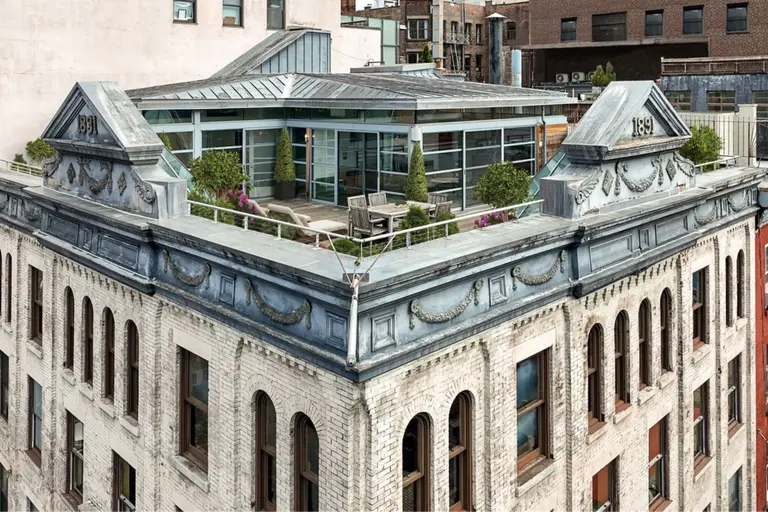
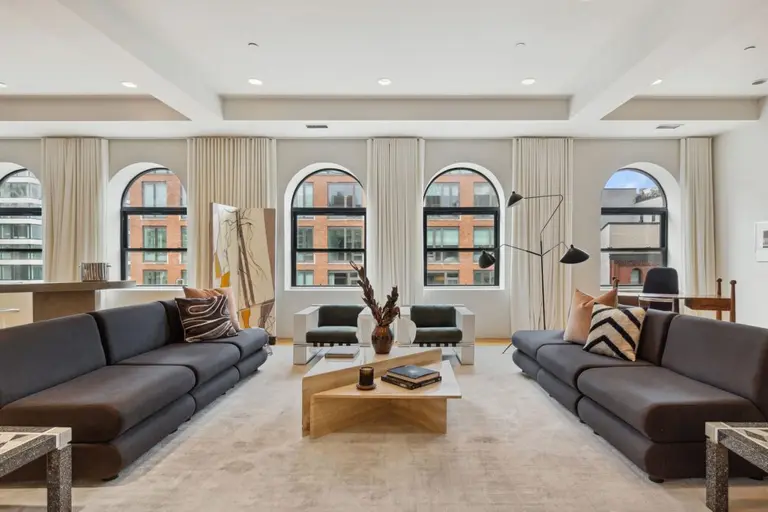












Excellent work Ivan! This was not , however an unprecedented effort. In the1950’s-1960’s the New York Daily News ran a Sunday half page of two different era photos of the same view and buildings calling the series:” New York , Then and Now”
Everything repeats itself given enough time. And go Pratt, my alma mater!